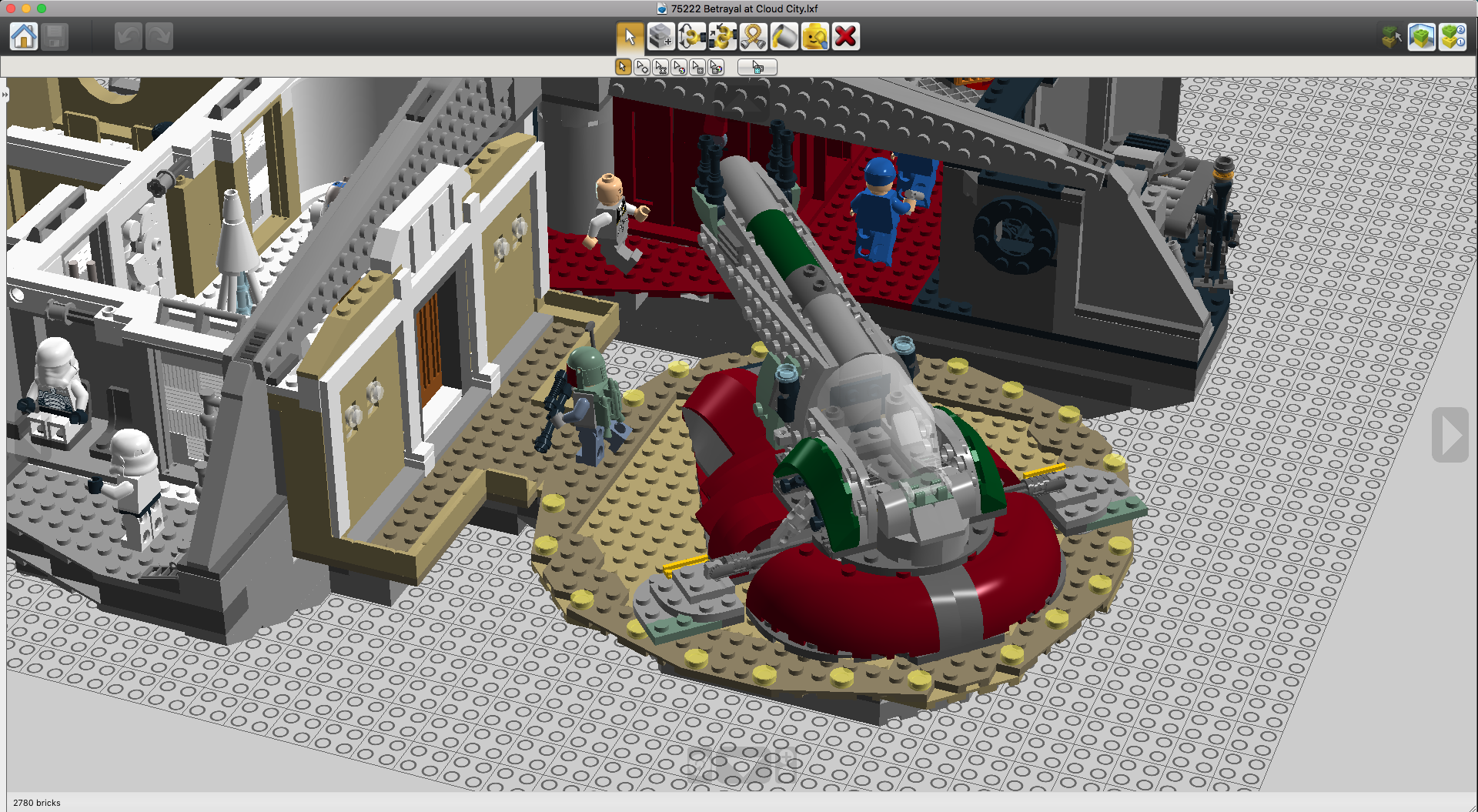

We have to have the randomized colors displayed in LDD itself. Thus, we can't do it after capturing a model. But, LDD often batches bricks of the same color together into one mesh. Here's a model being converted and imported into Unity:Īnd now, the advanced features, which are mostly for LEGO Universe-style color variation, but keep reading for some geometry removal tricks too.įor color variation, we need to randomly adjust the color of each brick. I recommend leaving "Weld duplicate vertices" enabled. Choose a new color palette if you'd like, and click "Convert". Make sure it's saved in 3DXML to OBJ's "Models" folder, like the LDD models.Įnter the name of your 3DXML file into the second text box in 3DXML to OBJ. Open the new LDD model (it will have CAM_SET in the name) and capture it to a 3DXML file with 3DVIA Printscreen. This saves a new LDD model with the camera set in the proper position for 3DXML capturing. Launch 3DXML to OBJ and enter your LDD model name in the first text box, then click "Move camera".

Save your LDD model in 3DXML to OBJ's "Models" folder.

I've only made this to work with LDD captures, compatibility with captures from other programs is not guaranteed. It will automatically name materials and textures with their official LEGO names/IDs. For example, a small house model that's 50350 tris exported from LeoCAD is only 13548 tris with this method - and with some additional tricks, only 2586 tris. The resulting models are far more optimized than exports from other LEGO building software, thanks to LDD's hidden stud/tube removal. Not many programs can load 3DXML files, so I made a program to convert them to OBJ. It was discontinued years ago, but can still be downloaded from the web archives ( direct installer link). 3DVIA Printscreen can capture LEGO Digital Designer models and save them as 3DXML files.


 0 kommentar(er)
0 kommentar(er)
